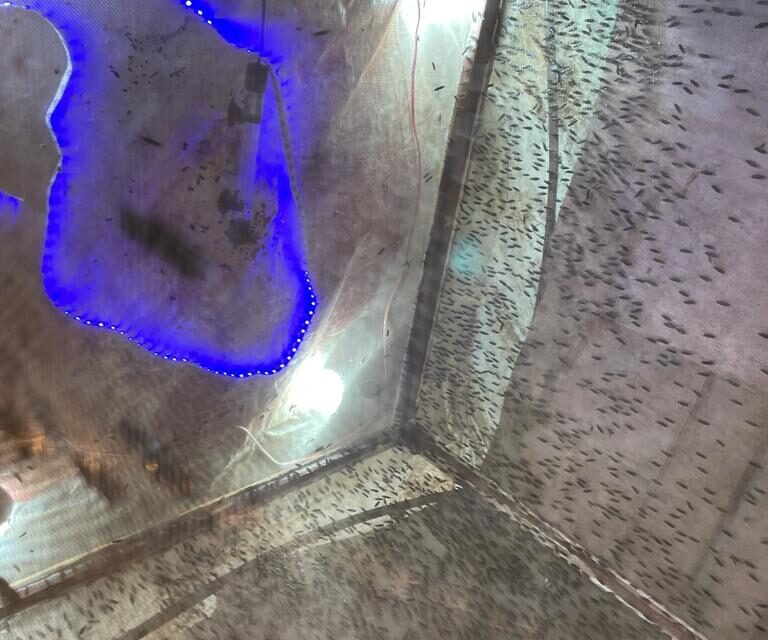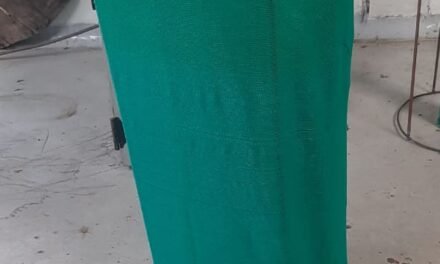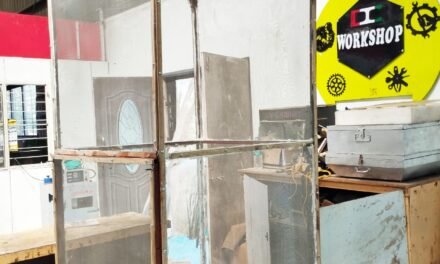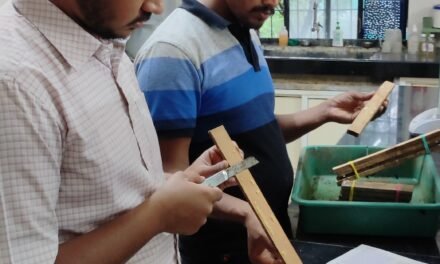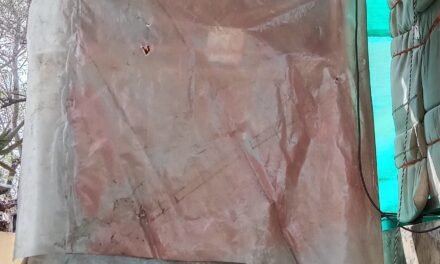Black soldier flies (BSF) play a crucial role in waste reduction, with the potential to decrease waste by up to 25% annually. Not only that, but the by-product of BSF, known as frass, is rich in valuable nutrients like nitrates and phosphorous, making it an excellent fertilizer. Furthermore, there is growing interest in utilizing BSF as a protein supplement for poultry feed as well as human consumption. The nutritional composition of BSF depends on various factors, including their growth, larval development, and the quality of the waste they consume.
After getting to know the BSFL system of Ashram, I started reading about it from the articles and the papers published as well as YouTube videos. And after doing the comparison I got to know that the breeding chamber of Ashram has 3 major parts on which work needs to be done in order to increase the production of eggs and healthy larvae and reduce the number of larvae used for breeding to increase the number of larvae for poultry feed.
The light in the chamber is very low, which is a problem because insects like BSF cannot afford sensory redundancy. Their senses and brains are narrowly tuned to their natural environment, so they need the right light conditions to mate indoors and produce fertilized eggs.
Studies have shown that BSF mating is affected by light. Below 60 µmol m2/s, there is no mating observed between the flies. At 110 µmol m2/s and above, the mating activity decreases. At 200 µmol m2/s, only 75% of mating occurs.
This suggests that BSF need a specific range of light to mate successfully. The ideal light spectral for BSF mating is likely to be somewhere between 60 and 110 µmol m2/s.
In addition to that, the wavelength of light also affects BSF mating. BSF are more attracted to blue light than to other wavelengths of light. This is because the photoreceptors R7 and R8, which are responsible for blue-light vision, are more abundant in the BSF retina than other photoreceptors.
The dorsal retina of many insects contains blue- or ultraviolet sensitive photoreceptors. Photoreceptors R7 (subclasses R7y and R7p) have peak sensitivity in the UV, while the two subclasses of R8 are most sensitive to blue (R8p) or green (R8y) light. This enables trichromatic vision, based on the three channels, UV – blue – green.
The findings of these studies suggest that it is important to provide the right light conditions for BSF mating if you want to produce fertilized eggs indoors. By understanding the physiological properties of the BSF visual system, we can create the correct light conditions that will induce indoor mating and help to ensure the production of fertilized eggs.
Another study investigated the oviposition response of black soldier fly (BSF) females to different banana maturity and abundance of pupae cases. The results showed that BSF females preferred to lay eggs at sites with over-ripened bananas than mildly ripened bananas or fresh bananas. The mean number of eggs laid at over-ripened bananas was significantly higher than that at mildly ripened bananas or fresh bananas.
In terms of abundance of pupae cases, BSF females preferred to lay eggs at sites with low or moderate abundance of pupae cases than high abundance of pupae cases. The mean number of eggs laid at sites with low or moderate abundance of pupae cases was significantly higher than that at high abundance of pupae cases.


LP- Less pupae cases, MP- Moderate pupae cases, HP- High pupae cases and OV- empty
The results clearly states that the presence of pupae cases decreases the production and presence of over ripened bananas increases the egg production dramatically.
To increase the mating efficiency of black soldier flies (BSF), the correct light spectrum should be installed. The light spectrum should contain blue and ultraviolet light, which are attractive to BSF. In addition, food bait, such as overripe banana, can be placed in the trays to provide food security to female flies. This will increase the number of larvae produced.
To maintain the quality of the larvae, easily digestible food should be placed in the trays for the larvae to feed on until they are five days old. This will help to ensure that the larvae are healthy and strong.
Finally, the dark chamber for pupation and the light chamber for mating should be separate. This is because the presence of pupae can intervene the production of eggs.
Thus after a discussion with Dr. Dixit we have installed 4 bulbs of 18W with a lux of 43,900 at 0ft for 1 bulb, which is between the lux of natural light condition: direct sunlight – 32,000 to 100,000 lux. A blue LED strip of 2 meters along with a UV strip as well as UV-A tube light that is between 400 – 315 nm in order to replicate natural environment for the mating of bsf.

